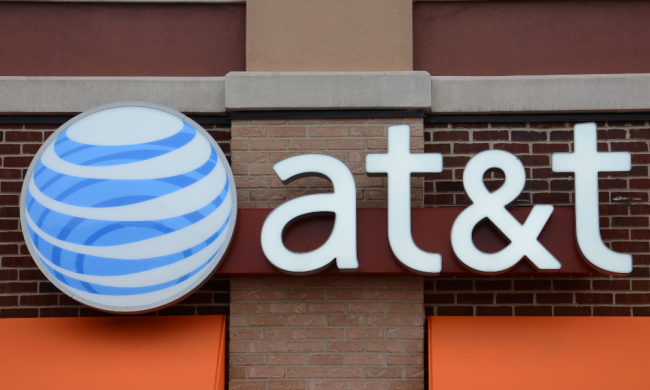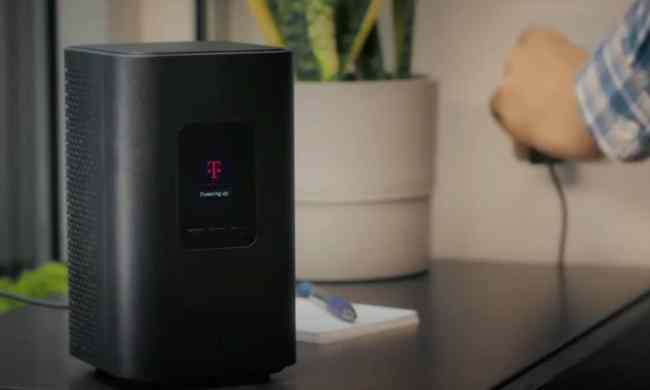
Speaking to the 3rd Generation Partnership Project, which looks to define what exactly 5G means, Sprint senior research scientist Scott Migaldi said he expects 5G to hit the U.S. after 2020, somewhere around the midpoint of that decade. However, Migaldi was slightly more positive about overseas efforts, with the research scientist believing there will be “global proof of concepts from Asia” in 2018.
This is rather interesting rhetoric coming from Sprint, since it was technically the first company to offer 4G in the U.S. in the form of WiMAX back in 2008. However, this alternative to the now-widely adopted LTE mobile broadband connectivity proved to be more of a burden than a positive asset for Sprint, with the service set to rest in peace on Friday, November 6 of this year.
Fellow U.S. telecommunications company Verizon, on the other hand, is much more optimistic about the eventual 5G U.S. rollout, with Big Red slated to kick off its first set of 5G field trials within the next 12 months. Verizon’s relative optimism isn’t very surprising, however, since it was the first company to offer 4G LTE in the U.S. back in December of 2010. The Verizon-exclusive HTC Thunderbolt launched just a few months later, in March of 2011, with the handset being the first smartphone equipped with 4G LTE.
Regardless, we recently got an exciting glimpse of what 5G is capable of, with Chinese telecom company Huawei and Japanese mobile service provider NTT DoCoMo reaching a peak download speed of more than 3Gbps during a field trial. Of course, real-world speed is likely to be significantly lower, at least when 5G first becomes broadly available, but it nonetheless proved to be a tantalizing taste of what’s to come.


